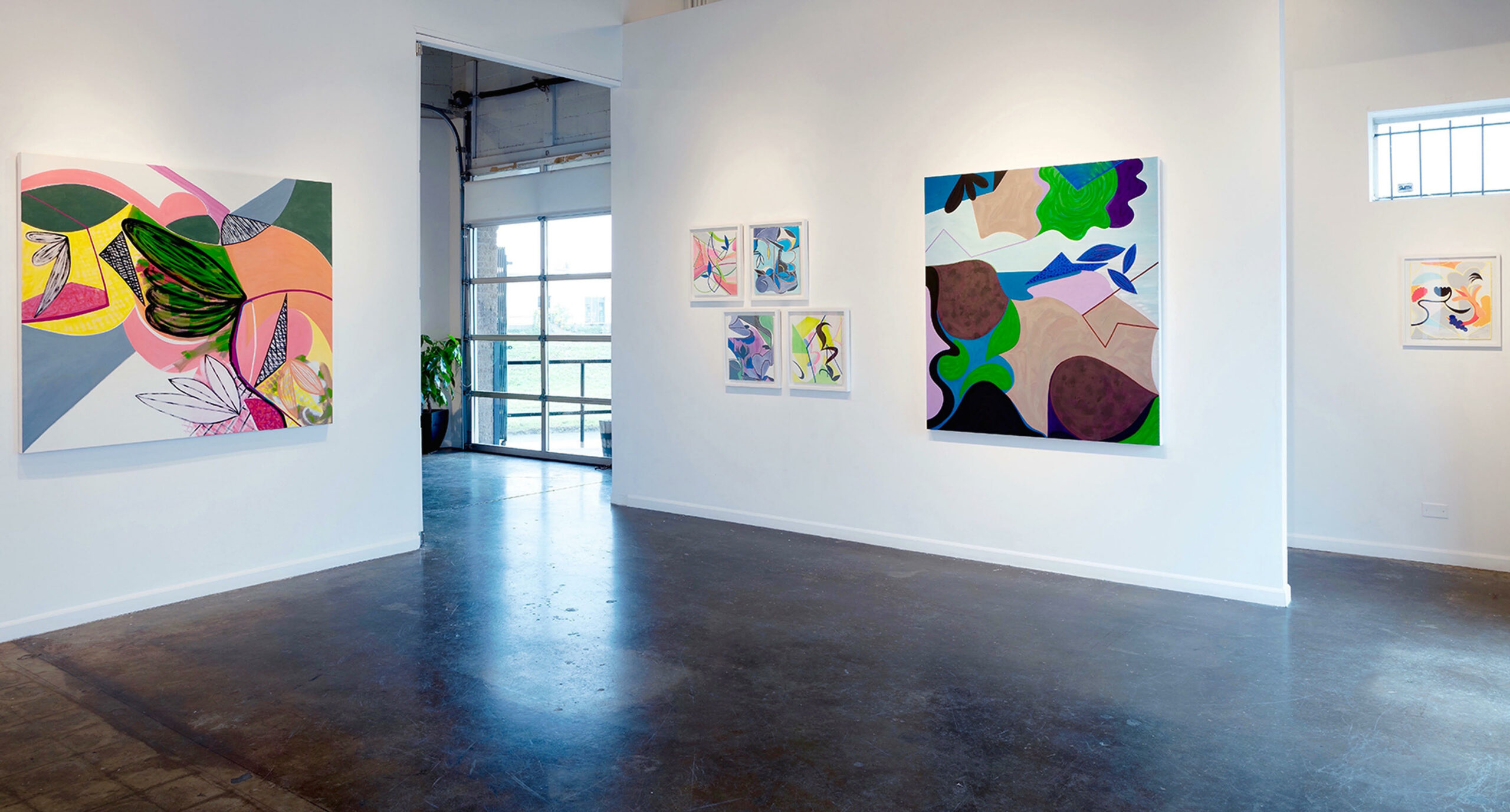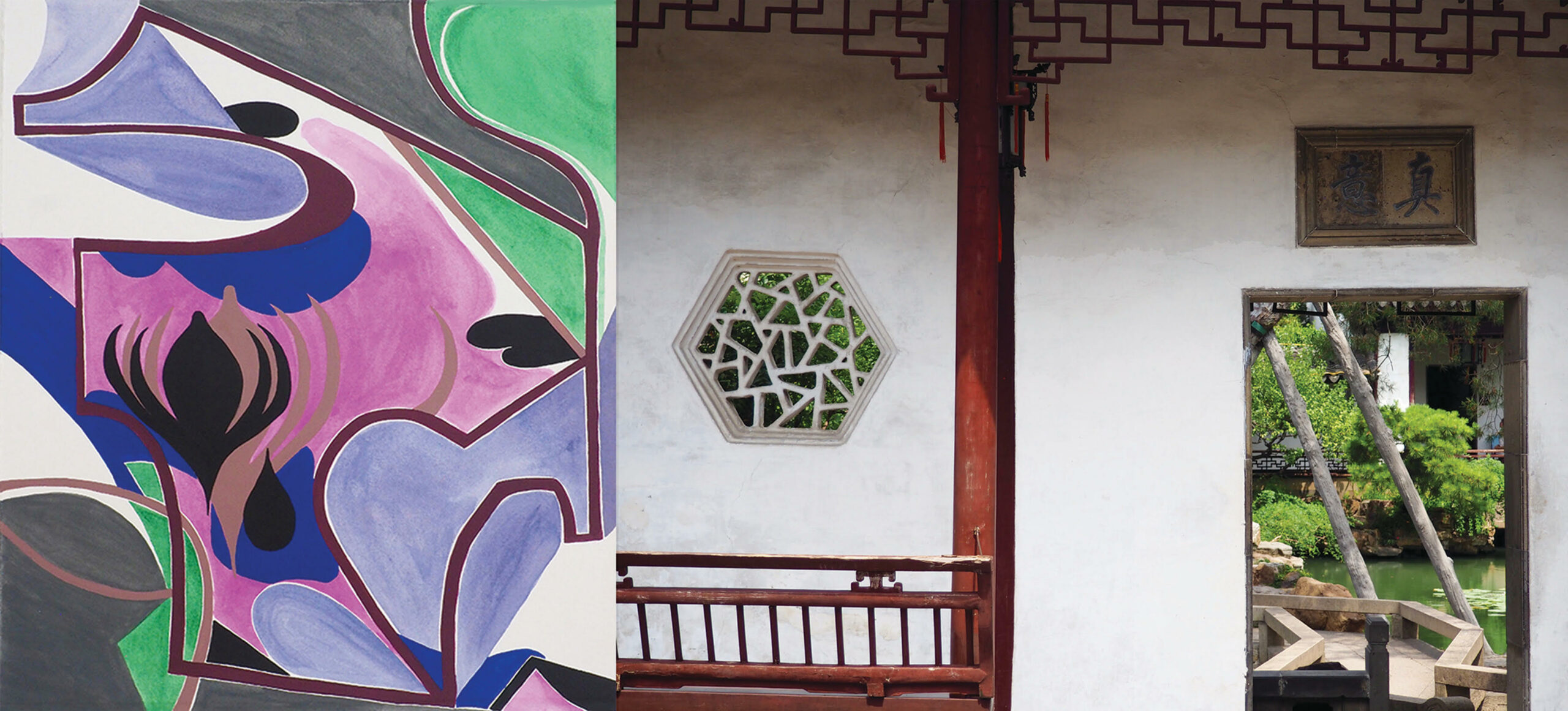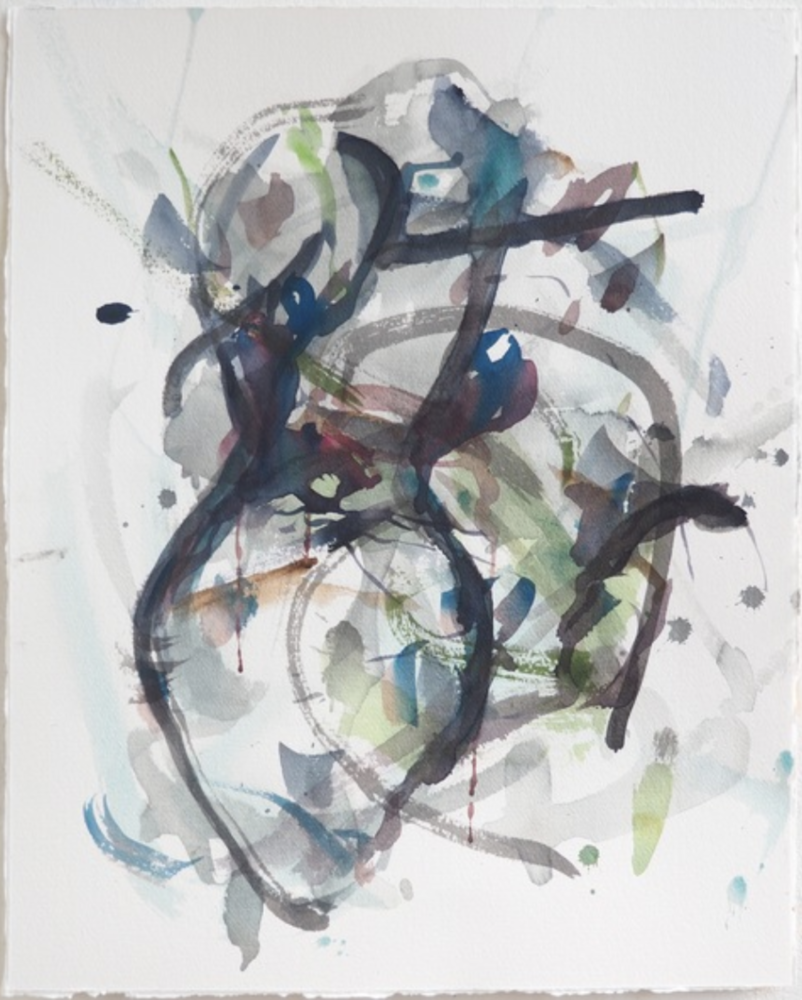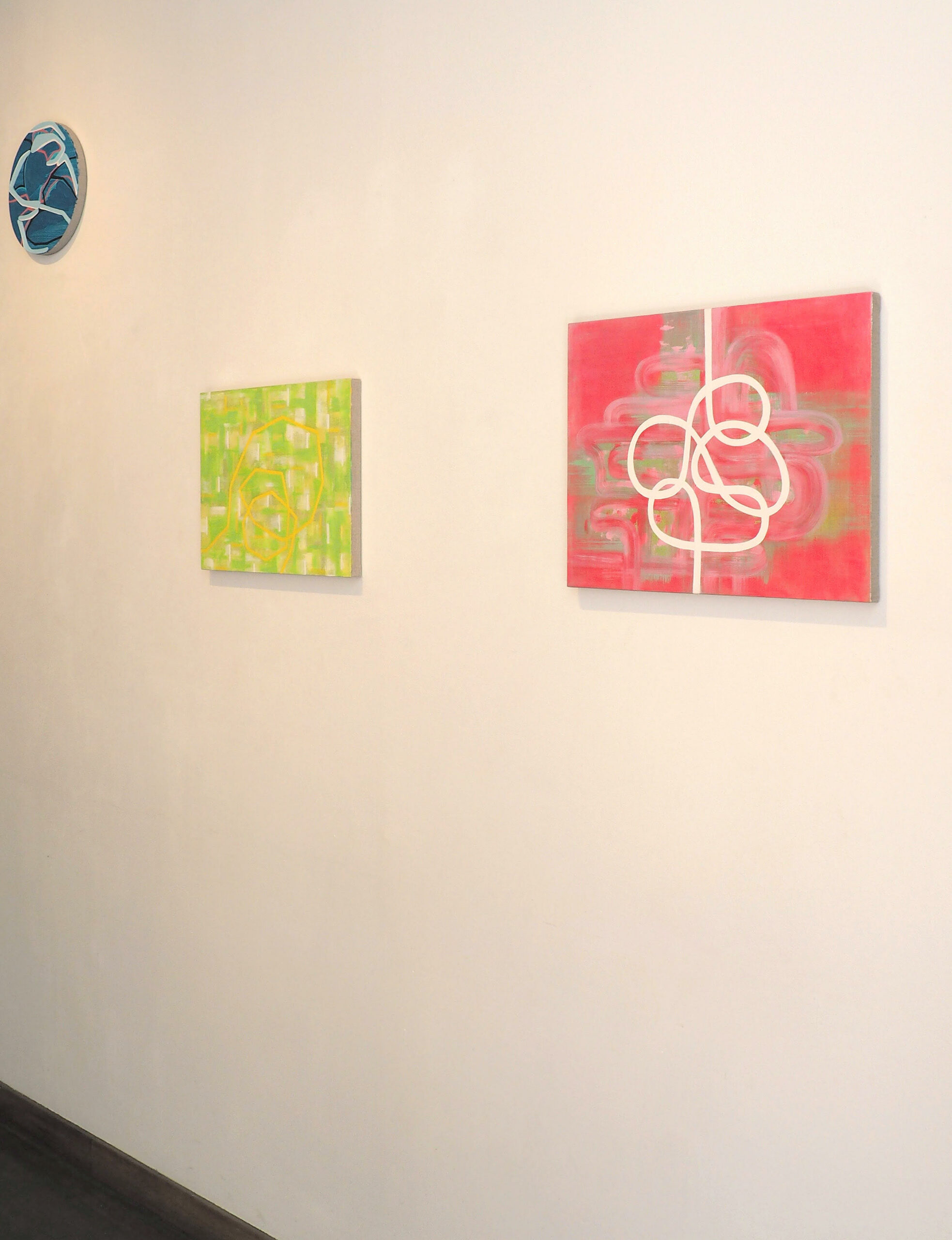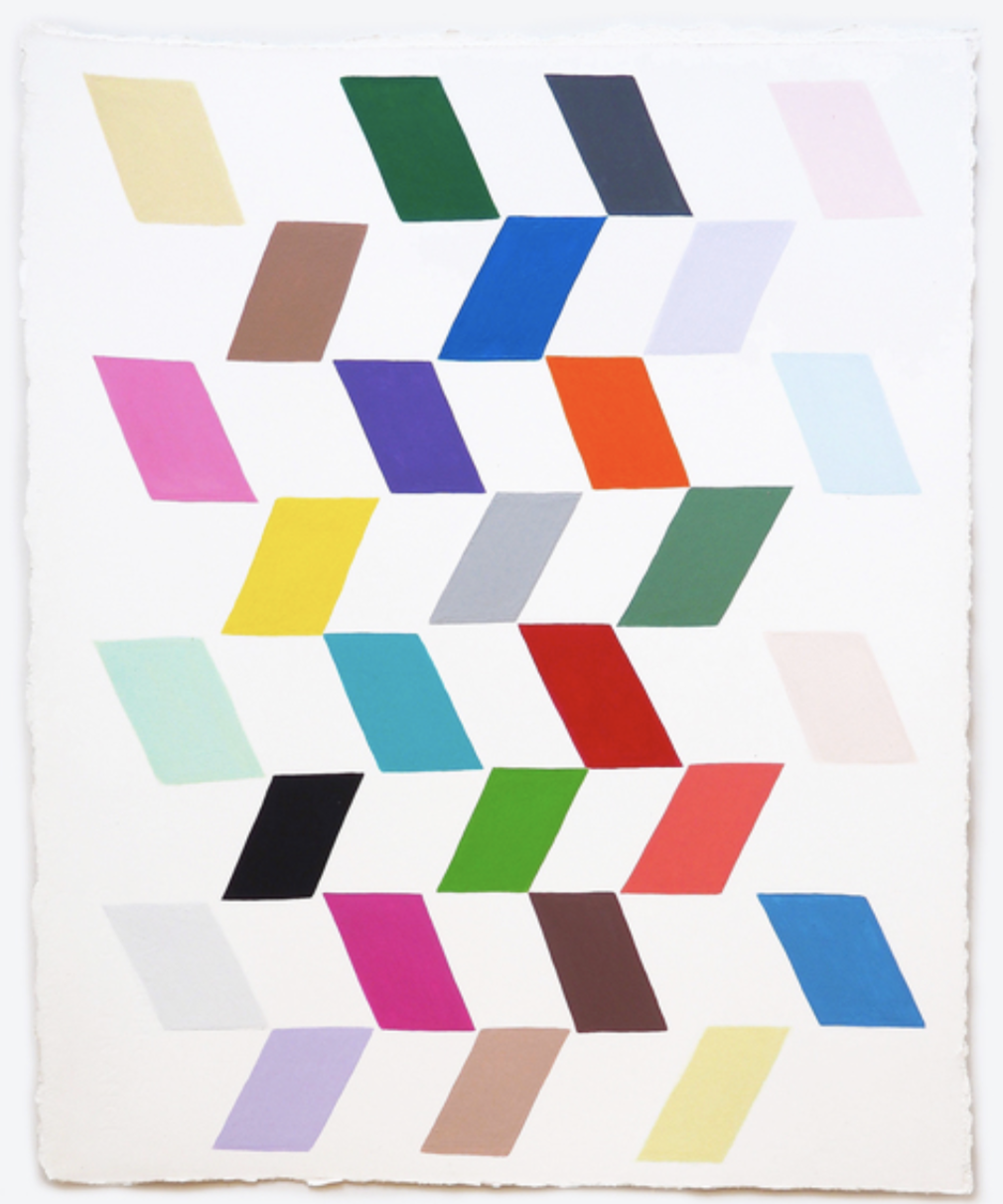To see more of Jessica’s work, visit her website and Artadia’s Artist Registry.
Jessica’s biography and all images courtesy of the artist, Kevin Todora, and Paul Morrill.
Images:
Jessica Snow, ‘Terra Incognita’ series at Le Pavé d’Orsay, Paris, 2019
Jessica Snow, ‘Terra Incognita’ series at Le Pavé d’Orsay, Paris, 2019
Jessica Snow working on her ‘Borrowed Scenery’ series at the Master of the Nets Garden, Suzhou, China, 2017 (Photo: Paul Morrill)
Jessica Snow, from the ‘Master of the Nets’ series, digital collage, 2018
Jessica Snow, ‘Master of the Nets #11’ at Galleri Urbane, Dallas, 2018 (Photo: Kevin Todora)
Jessica Snow, ‘Master of the Nets’ series at Galleri Urbane, Dallas, 2018 (Photo: Kevin Todora)
Jessica Snow, ‘Eccentricity of the Middle Ground’, installation at 4 walls artspace, San Francisco, 1999
Jessica Snow, ‘Refraction in the Line of Sight’, part of the ‘Angular Rhythm’ series, installation at Galleri Urbane, Dallas, 2015 (Photo: Kevin Todora)
Jessica Snow, 28 Parallelograms, Acrylic on Arches 300 lb. Hot Press paper, 14.3″ h x 11.5″w, 2015
Jessica Snow, Borrowed Scenery #7, Watercolor on Arches 300lb. rough paper, 25″h x 20″w, 2017
Jessica Snow at her studio in San Francisco, 2019


